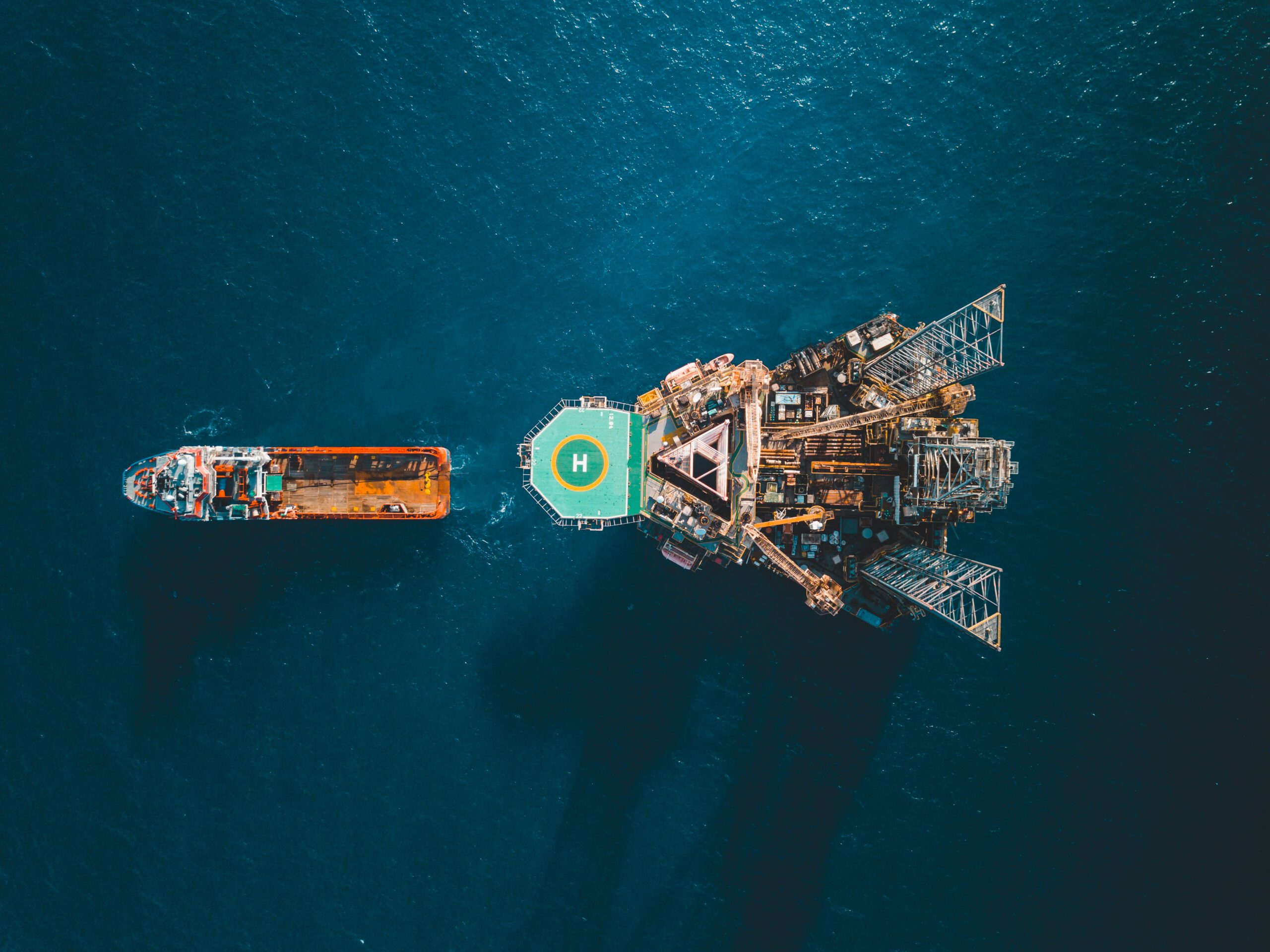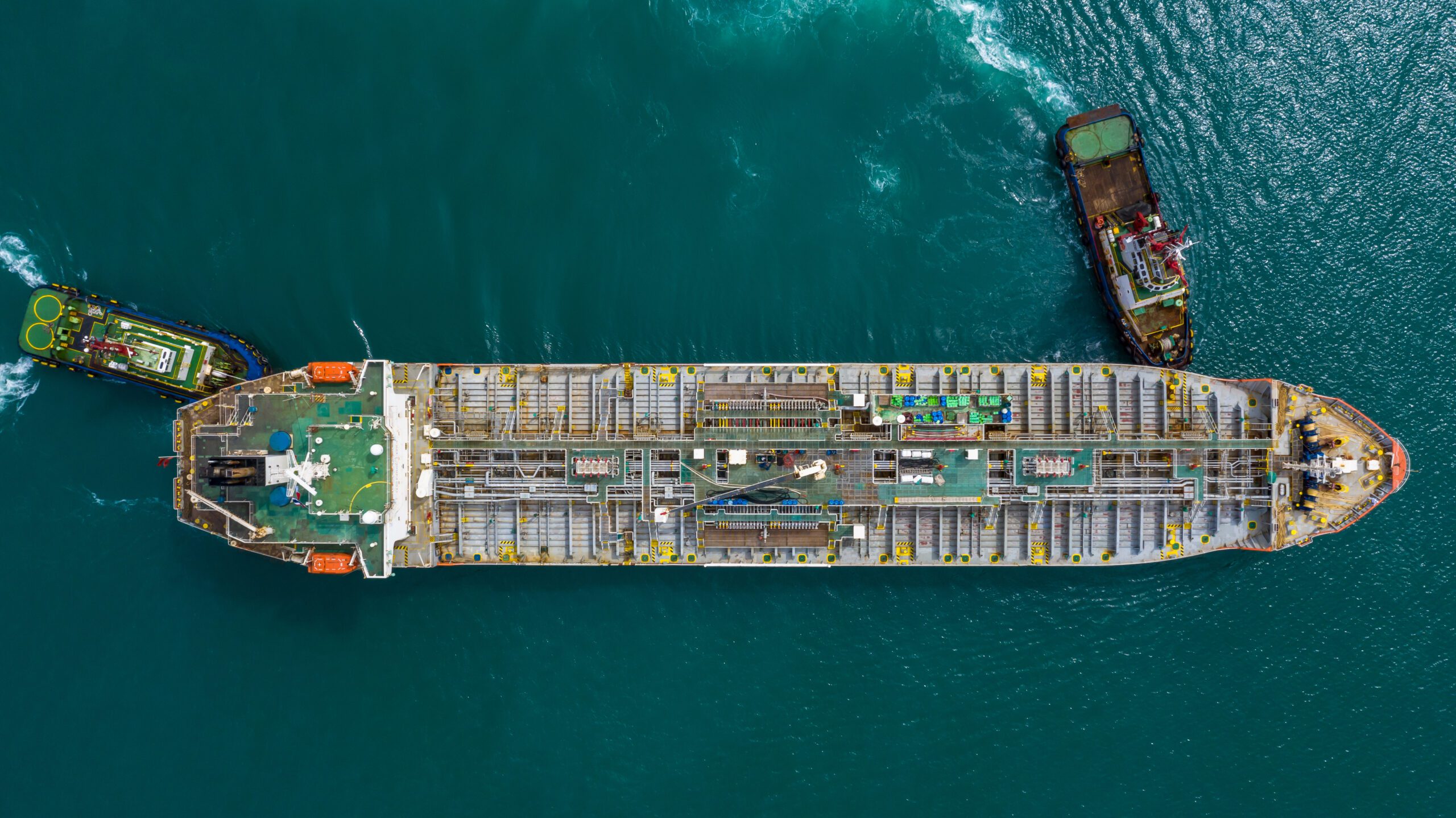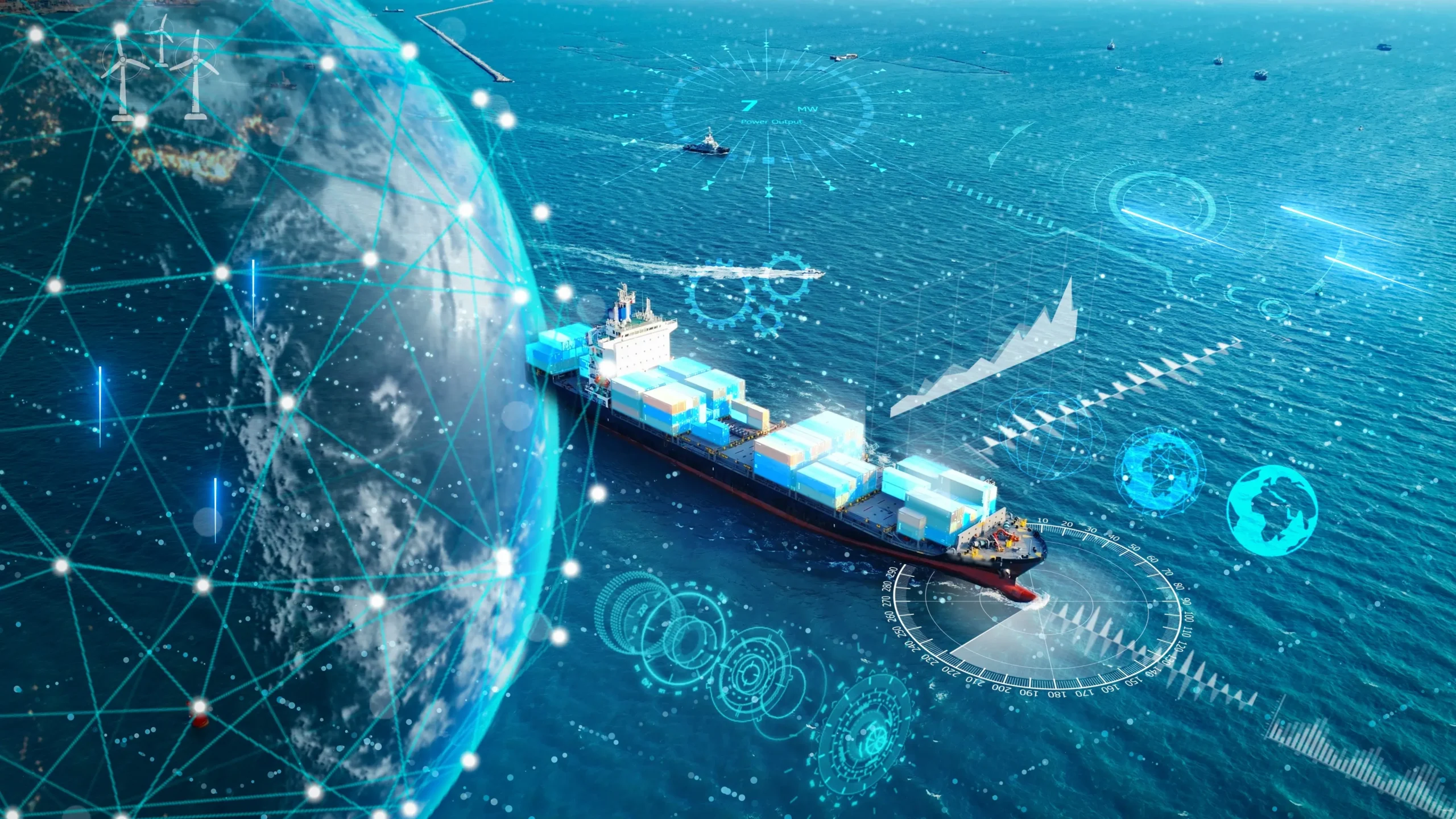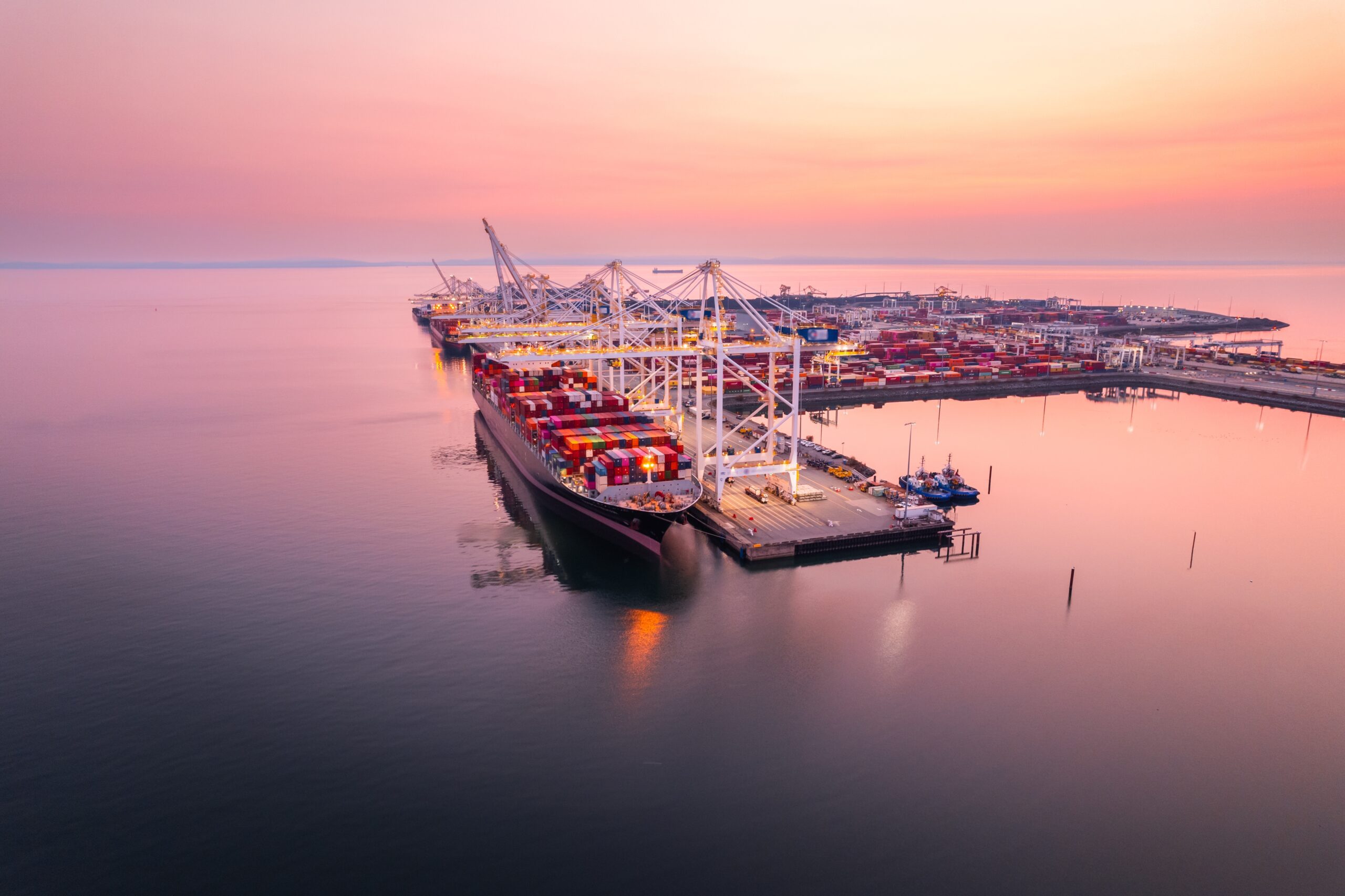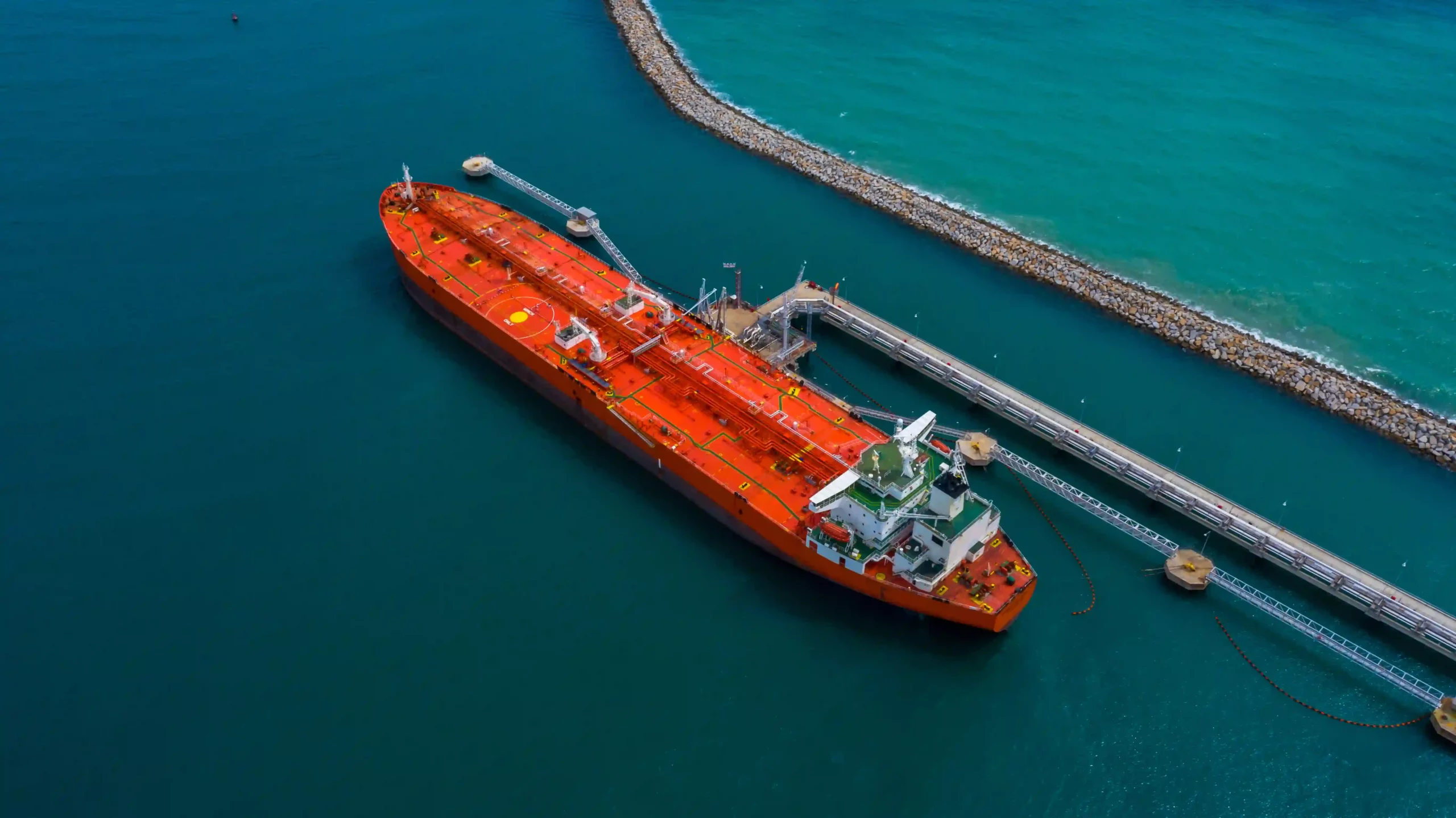The global maritime industry is at a pivotal moment. With increasing international pressure to address emissions, a new era of regulatory compliance has dawned. At the forefront of this transition is the Energy Efficiency Existing Ship Index (EEXI), a cornerstone regulation introduced by the International Maritime Organization (IMO).
What is EEXI ?
The EEXI is a technical measure that sets a baseline for the energy efficiency of existing ships, complementing the Energy Efficiency Design Index (EEDI) which applies to new-builds. This single-shot certification is a crucial step for the shipping industry to reduce its carbon footprint and comply with the broader green maritime agenda.
The need for regulation like the EEXI became evident as the IMO, through its Marine Environment Protection Committee (MEPC), sought to accelerate emissions reduction from the massive global fleet of vessels. White the EEDI has been in force for new ships since 2013, a significant portion of the vessels currently in operation were not built to modern efficiency standards. The EEXI addresses this gap directly, applying to all vessels of 400 gross tonnage and above that full under MAPROL Annex VI. It’s a fundamental rule that owners must comply with to continue their operations.
How is EEXI Calculated ?
The core of the EEXI regulation is a simple yet powerful concept: every ship must demonstrate a minimum level of energy efficiency based on its design parameters. This is a one-time calculation that compares a ship’s attained EEXI value against a required EEXI value for its type and size category. This index provides a clear benchmark, forcing owners to take concrete actions to improve their fleet. It is a technical regulation and not an operational one, meaning it is calculated based on the ship’s specifications, regardless of how it is operated.
In what ways are EEXI and CII complementary approaches to maritime decarbonization?
To fully understand the EEXI, it’s essential to view it in conjunction with its sister regulation, the Carbon Intensity Indicator (CII). While both are part of the same regulatory framework, they target different aspects of a ship’s performance. The EEXI is a technical measure, a snapshot of a ship’s design efficiency at a given point in time. It’s a static index that must be certified once.
What is a Carbon Intensity Indicator Rating ?
The CII, on the other hand, is an operational measure. It provides an annual rating (from A to E) based on a ship’s actual carbon intensity over a year. The CII measures a ship’s emissions in relation to the amount of cargo carried over a distance. This means a ship with a poor EEXI can still achieve a good CII rating through operational efficiency measures like slow speed steaming, optimized routing, and other management strategies. Conversely, a ship with a good EEXI could receive a poor CII rating if its management is inefficient. The CII creates a continuous incentive for owners to improve their day-to-day operations.
The EEXI and CII system represents a comprehensive approach by the IMO to tackle emissions. The EEXI ensures that vessels have the fundamental technical capability to operate more efficiently, while the CII encourages the operational management needed to achieve real-world reduction in emissions. This dual system is a powerful tool for the international marine industry as it navigates the complex transition to a lower-carbon future.
The Path to EEXI Compliance: Solutions and Challenges
For many vessel owners, compliance with the EEXI regulation presents a significant challenge, requiring strategic planning and often, substantial investment. The primary objective is to ensure that a ship’s attained EEXI value is equal to or better than the required EEXI value. To achieve this, owners have several solutions at their disposal.
One of the most common and cost-effective measures is Engine Power Limitation (EPL):
- This technical modification involves installing a device that limits the maximum power output of the main engine
- By capping the power, the ship’s top speed is reduced, which in turn reduces fuel consumption and emissions
- While this is a straightforward solution, it’s not without its challenges. The limitation on speed can impact operational schedules and profitability
- For this reason, the IMO guidelines allow for a temporary override of the limitation in emergency situations, which shall be recorded. This requires careful management and training for the crew
Beyond EPL, vessel owners can also pursue other technical modifications to improve their ship’s energy efficiency. These technologies include:
- Hull optimization: Applying new anti-fouling coatings to reduce drag
- Propeller enhancements: Installing more efficient propellers or energy-saving devices (ESDs) like pre-swirl stators or propeller boss cap fins
- Wind-assisted propulsion: Equipping vessels with rotor sails or wing sails to harness the power of the wind
These products and systems offer a way to comply without necessarily sacrificing speed. The choice of solution depends on the vessel type, its operational profile, and the economic viability of the investments. For ships like a bulk carrier or an offshore vessel, the ideal solution may differ.
The Role of Data, Digitalization, and Service Providers
The successful implementation of EEXI regulations is heavily reliant on accurate data and expert services. Class societies and maritime advisory firms are playing a crucial role in helping owners navigate these new requirements. They provide services that include calculating the attained EEXI, preparing the necessary technical file, and providing certification. This digital transition is supported by platforms that offer data analysis and training to ensure a smooth process.
The preparation of an EEXI Technical File is a mandatory step for certification:
- This file shall contain all the technical data and calculations to demonstrate compliance
- The guidelines from the IMO and MEPC provide the detailed rules and formulas that owners must follow
- This requires a high level of technical expertise and precision
For many ships, the attained EEXI is calculated using the same formula as the EEDI, but with technical parameters from an existing ship. The EEXI value is essentially a retrospective EEDI. The EEXI index has effectively applied EEDI standards to the entire existing fleet, forcing an upgrade in design efficiency for those ships that were lagging behind. This is a critical measure to ensure that the international fleet as a whole is moving towards a greener future.
Ultimately, the EEXI and CII system are just the beginning of a long journey. The regulatory landscape is constantly evolving, with new amendments and requirements being introduced. The shipping industry must embrace this transition, not just as a matter of compliance, but as a strategic imperative to reduce its environmental impact. By investing in efficiency technologies, embracing digital management systems, and staying ahead of the evolving rules, vessel owners can ensure their fleet remains competitive and sustainable for decades to come. The EEXI is a powerful tool that shall accelerate the entire marine sector’s green transition.
FAQs
How does the EEXI influence the shipping industry?
The EEXI (Energy Efficiency Existing Ship Index) acts as a technical baseline to measure and limit the CO2 emissions of an existing ship per unit of transport work. Its influence on the shipping industry is profound:
- One-Time Technical Compliance: The EEXI forces ship owners to assess and, if necessary, technically modify their existing fleet to meet a minimum energy efficiency standard. This is a one-time “pass or fail” check applied at the first annual survey in 2023 or later.
- Mandates Retrofits: To comply with EEXI, many ships require technical modifications to improve energy efficiency. The most common measure is Engine Power Limitation (EPL), which limits the maximum available engine power, effectively reducing the ship’s speed, energy consumption, and EEXI value.
- Drives Investment: It forces substantial investment in energy efficiency technologies (like propeller upgrades, hull coatings, or engine modifications) to ensure the ship can maintain its International Energy Efficiency Certificate (IEEC) and continue to trade.
Which types of vessels are subject to the CII and EEXI rules?
Both the EEXI (Energy Efficiency Existing Ship Index) and the CII (Carbon Intensity Indicator) regulations are applicable to international ships and platforms covered by MARPOL Annex VI, although they operate with slightly different thresholds and focus areas regarding energy efficiency. The EEXI applies to ships of 400 Gross Tonnage (GT) and above, serving as a one-time technical measure of a ship’s design efficiency. Conversely, the CII applies only to larger ships, specifically those of 5,000 GT and above, and its focus is on annual operational energy efficiency. The vessel types subject to both rules are largely the same primary categories, including bulk carriers, gas carriers, tankers, containerships, general cargo ships, and cruise ships, but the higher GT threshold for CII means fewer, though larger, ships are currently measured under its operational energy efficiency requirements compared to the technical EEXI requirements. The application of both EEXI and CII is vital to driving energy efficiency improvements across the global shipping fleet.
How many nations are included in these international regulations?
The EEXI and CII rules are administered by the International Maritime Organization (IMO). As of the last update, the IMO has 176 Member States and three Associate Members.
Since these regulations are amendments to MARPOL Annex VI, they apply to all ships registered under the flag of a country that is a signatory to the Annex. This means the rules are enforced globally, ensuring a consistent standard of energy efficiency across the majority of the international shipping fleet.
Can a ship’s CII rating be improved?
Yes, a ship’s CII (Carbon Intensity Indicator) rating is specifically designed to be improved. Unlike the EEXI (which is a fixed technical measure), the CII is an annual operational measure that tracks the ship’s actual energy efficiency performance.
Improving the CII rating involves implementing technical and operational energy efficiency measures:
- Operational Measures: Ship speed reduction (slow steaming), route optimization (weather routing), Just-In-Time (JIT) arrivals, and improved trim and draught management. These are often the fastest ways to improve the ship’s CII performance.
- Technical Measures: Investing in energy efficiency technologies like low-friction hull coatings, installing Energy Saving Devices (ESDs) like Mewis Ducts or boss cap fins, or converting the ship to run on lower-carbon energy fuels.
- Maintenance: Regular hull and propeller cleaning to minimize biofouling, which can significantly increase drag and reduce a ship’s energy efficiency.
What are the consequences if a vessel fails to comply with CII standards?
A ship’s operational performance is rated annually from A (best) to E (worst). The consequences of failing to comply with CII standards are designed to force corrective action and improve energy efficiency:
- Corrective Action Plan: A ship that receives a ‘D’ rating for three consecutive years or an ‘E’ rating in any single year must develop a corrective action plan. This plan, which outlines how the required ‘C’ rating or better will be achieved, must be included in the Ship Energy Efficiency Management Plan (SEEMP) Part III and formally approved.
- Loss of Certification: Failure to secure approval for the corrective action plan or to demonstrate compliance could eventually lead to the ship being unable to receive its annual Statement of Compliance, effectively preventing it from trading internationally.
- Commercial Disadvantage: Market consequences can be immediate. Charterers, cargo owners, and financial institutions (like those adhering to the Poseidon Principles) increasingly prefer or demand A/B/C-rated ships. A poor CII rating can lead to:
- Reduced charter rates or difficulty in securing charters.
- Commercial unviability, as the ship’s low energy efficiency makes it a less attractive asset.
Mr. Marine – Your Global Maritime Beacon
Our team of multi-brand technicians are ready to support your marine elevator, BWTS and fixed & portable equipment on board. We ensure your vessel is safe and compliant anywhere in the world. Request your quote and we will get back to you soon!




